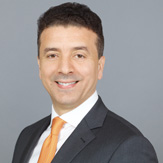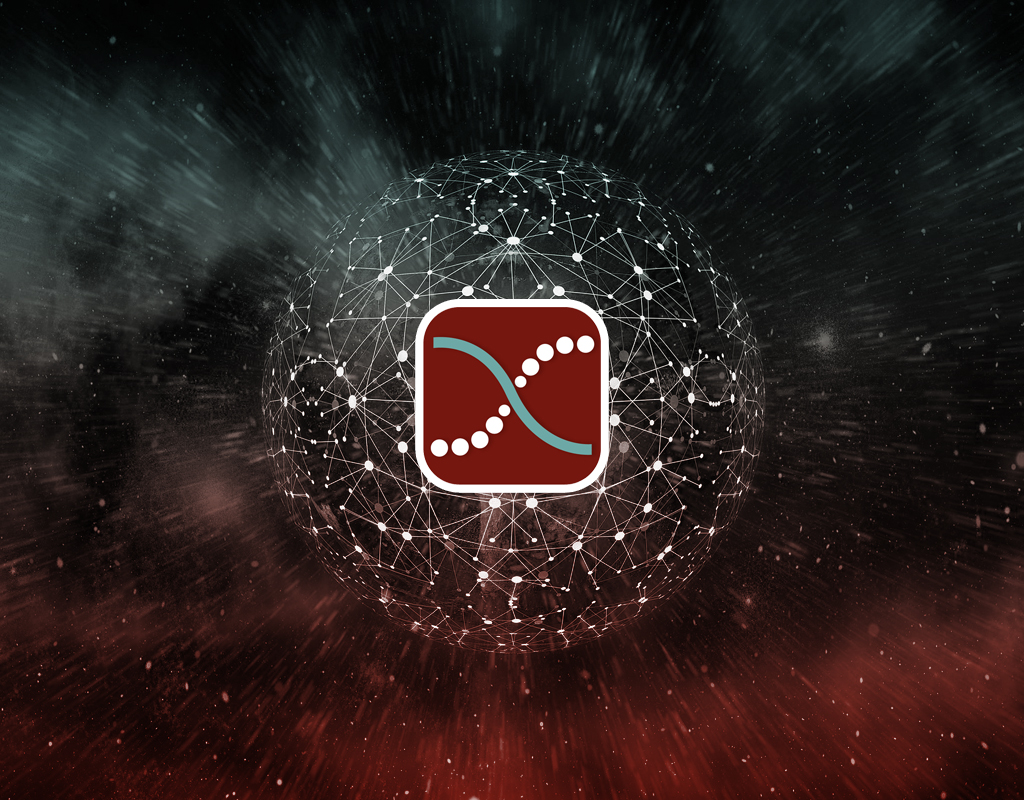 It’s well known that the global healthcare system is flawed. But HealthSapiens is changing that with decentralized healthcare. The four global healthcare models each have their own benefits and drawbacks. The United States specifically is in crisis [1], with costs exploding and access decreasing.
It’s well known that the global healthcare system is flawed. But HealthSapiens is changing that with decentralized healthcare. The four global healthcare models each have their own benefits and drawbacks. The United States specifically is in crisis [1], with costs exploding and access decreasing.
Blockchain technology has enabled the first architecturally- and institutionally-decentralized healthcare system underpinned by cryptocurrency. An advanced P2P network can help pave the way towards a decentralized marketplace, connecting transacting parties worldwide with minimal intermediation.
Access
A blockchain solution is designed to provide patients with the ability to access global healthcare providers based on fully transparent and measurable metrics such as cost, location, quality of care, provider experience, and outcomes after procedures.
Additionally, a common currency can aid the process of cross-border payments, encouraging physicians to provide services globally. Physicians will be able to live and practice wherever they choose, while providing care to those in the most rural areas of their country (and potentially even the world).
Fair Prices
By adding a price transparency feature to the platform, patients can see and compare prices before using. This will naturally lower costs as patients gravitate toward more reasonable costs for comparable services. This will allow HealthSapiens 2.0 to switch to a value-based healthcare model, while still mitigating the skyrocketing costs for treatment.
By instituting a common currency we can:
- Add additional services such as meticulous diagnosis, where physicians collaborate to reach better outcomes
- Reduce transaction and money changing fees using a common settlement layer
Intermediary Barriers
Imagine a healthcare system where everyone in United States and around the globe is a knowledgeable, savvy consumer of medical services, and plays an active role in purchasing and consuming the services they receive. In short, a blockchain solution can enable patients to become wholly involved in their healthcare decisions.
To develop more conscientious healthcare users, plans and professionals will provide the information, financial incentives, and decision-making tools to allow consumers to make educated healthcare purchasing decisions.
Using a blockchain model, patients will have access and control of their EMRs (Electronic Medical Records) at all times. Interoperable EMRs coupled with AI (artificial intelligence) could create process efficiencies and improve decision-making necessary to boost quality.
Data could be better integrated into daily care, and patients could play a role in curating their own data. The data could include genetic, social, and behavioral patient information, as well as financial, clinical, and administrative records. It could be securely stored in the cloud and accessed on an as-needed basis via permissions written to the blockchain.
Blockchain technology enables a decentralized health information exchange, through a mapping and permission system for patients’ medical records. Most importantly, episodes of care will be memorialized on the blockchain and recorded as a pointer to the actual EMRs kept by the provider. Provider access to a patient’s file pathway is granted via a key signature only after patient authorization is submitted.
By creating decentralized EMRs which are cryptographically-safe, secure, and permissioned, a blockchain solution lays the foundation for a new and powerful global healthcare network. As the architecture develops, the services on the platform will have the ability to grow into a comprehensive medical services platform with EMRs intuitively-interconnected.
Quality of Care
A blockchain-based healthcare platform uses blockchain technology to augment the quality of care provided by enabling interoperability of electronic medical records from legacy systems worldwide. The purpose is to empower patients to control their own data and partner with healthcare providers in a way that facilitates higher engagement, higher quality, lower cost, and ultimately the best outcomes in terms of healthcare service.
Patient outcomes–defined as outcomes that are both accurate and lead to the best solution–can be peer-reviewed and the data and stats will be irrevocably recorded on the blockchain. The patient names and details will be anonymous and each physician will have a rating based on their peer-review statistics. This transparency of outcomes will lead to higher quality care as bad actors are weeded out and patients can choose the best doctors to work with.
Additionally, use of the blockchain and our new model of consolidating EMRs will mean patients can more easily access and send their medical records, creating better signals for diagnosis.
Finally, the platform will encourage participants to actively engage in their own wellness through a rewards mechanism, where patients earn rewards for reaching goals or partaking in activities that contribute to their overall health.
Other Participants
Other members of the healthcare field will be able to benefit from a blockchain healthcare ecosystem. Medical researchers can request permission to access patient EMR, aiding their research. Patients who wish to share their EMR will receive compensation in tokens, giving them ownership of their own data. Signatures on smart contracts will enable the transactions and record the permissions required.
Our platform will include a feature where researchers and doctors can present workshops, classes and webinars in exchange for tokens, raising the bar for overall healthcare betterment through collaboration. Mandatory continuing education courses will also be available.
Pharmaceutical companies can request access to research data and also participate by promoting their medications or services, while being encouraged via the market to offer researched, cost-efficient alternatives of medications. The ecosystem also encourages pharmacies to be transparent on side effects and publish results on clinical trials.
Additional Blockchain Benefits
A global platform will introduce a compensation model built on incentives made possible by the blockchain. It will marginalize the need for intermediaries. For example, our platform will not receive revenue from an outside entity. Instead, it will run as a network fueled by HealthSapiens DOC tokens. Each action, which includes the rendering of a healthcare service, or the reviewing of outcomes, would be made possible by cryptocurrency.
A blockchain-based healthcare platform enables a more transparent and effective healthcare system for reasons such as:
- Since the blockchain contains data in time-stamped blocks that chain together which are continuously added and archived, it becomes nearly impossible for outsiders to manipulate existing data or information within the distributed ledger. This means physician peer reviews and EMR records are immutable, and all financial transactions are recorded and verified.
- The blockchain is a decentralized authority, which enables the creation of a self-governed, transparent ecosystem. There is no single source that controls or centralizes the published outcome.
- While the interface enables P2P interaction, the blocks on the chain containing information on transactions, EMR, and reputation are not owned or controlled by any one entity.
Conclusion
We envision the solution we’ve described above as a global remedy to the drawbacks of current healthcare models. Working together we can turn this dream into a reality. Please follow @healthsapiens on Medium and watch as we bring our decentralized healthcare ecosystem to the masses.
About The Author
 Karim Babay is Chairman & CEO of HealthSapiens, a nationwide healthcare provider that delivers on-demand access to healthcare anytime, anywhere, via mobile devices, the internet, video and phone. Mr. Babay is also the founder and Chief Investment Officer of Intrinsic Value Investment Partners, a value-focused hedge fund. Mr. Babay has over 15 years of global investing, entrepreneurial and corporate finance experience allocating capital across the capital structure (credit and equity), angel investing, liquid and illiquid investments in securities. Mr. Babay has published numerous studies and analysis while at Columbia University. Mr. Babay is member of the board of directors and Chairman of the compensation committee of GLYECO, a publicly traded company, principally involved in processing of waste into high quality ethylene glycol. Mr. Babay received a B.S. in finance and economics from HEC Institute and an MBA from Columbia Graduate School of Business.
Karim Babay is Chairman & CEO of HealthSapiens, a nationwide healthcare provider that delivers on-demand access to healthcare anytime, anywhere, via mobile devices, the internet, video and phone. Mr. Babay is also the founder and Chief Investment Officer of Intrinsic Value Investment Partners, a value-focused hedge fund. Mr. Babay has over 15 years of global investing, entrepreneurial and corporate finance experience allocating capital across the capital structure (credit and equity), angel investing, liquid and illiquid investments in securities. Mr. Babay has published numerous studies and analysis while at Columbia University. Mr. Babay is member of the board of directors and Chairman of the compensation committee of GLYECO, a publicly traded company, principally involved in processing of waste into high quality ethylene glycol. Mr. Babay received a B.S. in finance and economics from HEC Institute and an MBA from Columbia Graduate School of Business.
Sources
- L. Rossiter, ‘RISING COSTS FOR HEALTHCARE: Implications for Public Policy’, Schroeder Center for Healthcare Policy (2009)



 Healthcare Blockchain technology is finally a reality.
Healthcare Blockchain technology is finally a reality. 
 Healthcare systems around the globe are in trouble and something needs to be done to help move populations towards healthier lives. We are living in a healthcare crisis.
Healthcare systems around the globe are in trouble and something needs to be done to help move populations towards healthier lives. We are living in a healthcare crisis.
 Healthcare is a universal human right. According to the World Health Organization (WHO), health includes not just freedom from disease, but prosperous conditions for the soul1. Only under those conditions can all people live the abundant lives they deserve.
Healthcare is a universal human right. According to the World Health Organization (WHO), health includes not just freedom from disease, but prosperous conditions for the soul1. Only under those conditions can all people live the abundant lives they deserve.